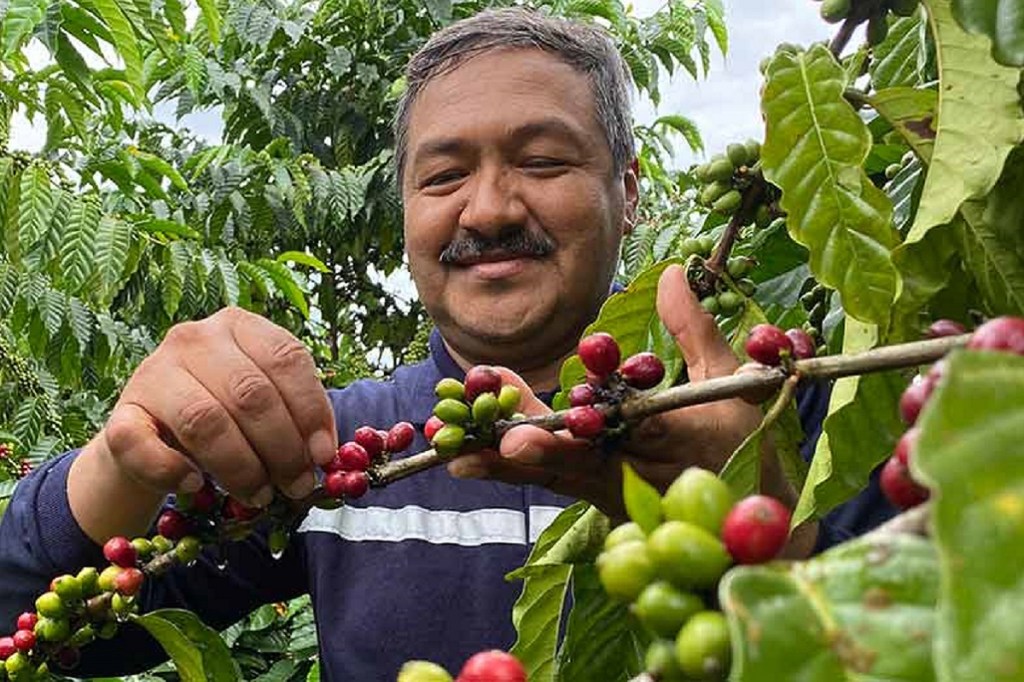Nestlé scientists have discovered new unique low carbon and drought resistant coffee varieties that will deliver up to 50 per cent higher yields per tree.
Because more coffee can be produced using the same amount of land, fertiliser and energy, the result is an up to 30 per cent reduction in the CO2e (carbon dioxide equivalent) footprint of the green coffee beans.
Green beans account for between 40 to 80 per cent of the CO2e emissions of a cup of coffee, so these breakthrough varieties significantly reduce the carbon footprint associated with coffee consumption.
The work on new plant varieties is being led by the Nestlé Research Centre for Plant Sciences in Tours, France, and is a vital part of the company’s commitment to achieving net zero emissions by 2050.
Through classical breeding, the scientists in France are continuously developing improved coffee varieties, which are then tested on the company’s experimental farms in Latin America, Africa and Asia.
The new plantlets are then proliferated and distributed to farmers globally through Nestlé’s sustainable sourcing programs and partnerships with local agricultural institutes and cooperatives.
One of these new Robusta varieties with up to 50 per cent higher yields has already been successfully trialled on fields and is now being grown by farmers in Central America. Ultimately, such new varieties will help farmers earn a better living by enabling them to grow more high-quality coffee on the same amount of land, sustainably, and with a lower carbon footprint.
Similarly, Nestlé is developing new higher-yielding Arabica varieties that are also bred to be more resistant to ‘coffee leaf rust’ – a plant disease that has devastated coffee plantations across the Americas.
Nestlé plant scientists have also developed a drought-resistant coffee variety, currently being trialled on fields in Central Africa, that delivers up to 50 per cent higher yields per plant under moderate to severe water stress. This will support the continuation of coffee cultivation in regions impacted by climate change.
Nestlé CTO Stefan Palzer said: “Thanks to the expertise of our plant scientists in selection and classical breeding, and by leveraging our rich collection of coffee varieties, we were able to develop this new generation of low carbon and drought-resistant coffee plants. In doing so, we will contribute significantly to the reduction of CO2e emissions associated with coffee consumption. We will also enable farmers in regions affected by climate change to continue to produce great coffee.”
Last year, Nestlé published a roadmap laying out how it would reach its goal of achieving net zero emissions by 2050. Reducing the carbon footprint of key agricultural raw materials such as cocoa, milk and coffee, will play a vital role.
Since 2011, Nestlé has distributed 235 million high-performing coffee plantlets through the Nescafé Plan, and the new varieties are being included in this sustainable sourcing program. Similarly, the Nespresso AAA Program is committed to improving coffee quality and sustainability, which involves distributing improved plantlets to farmers.

